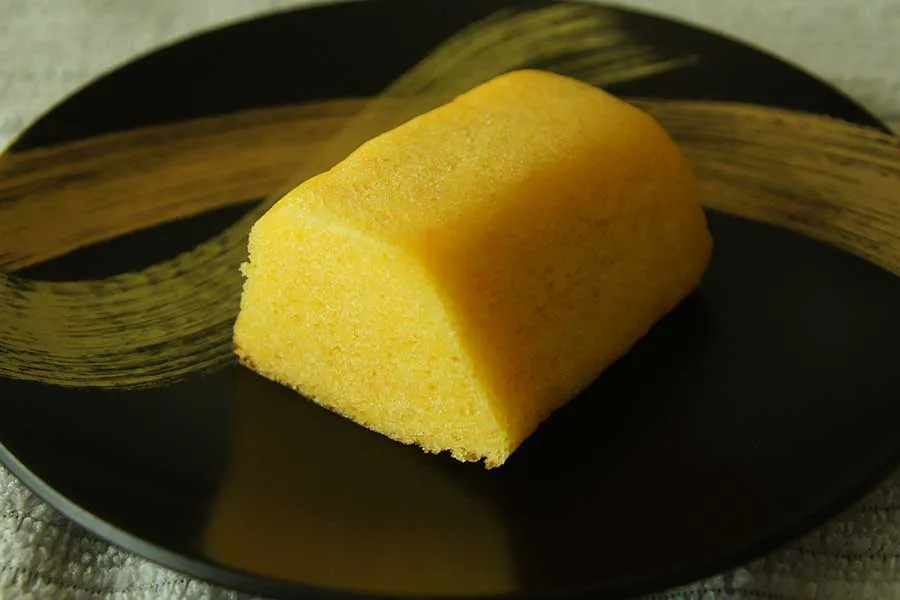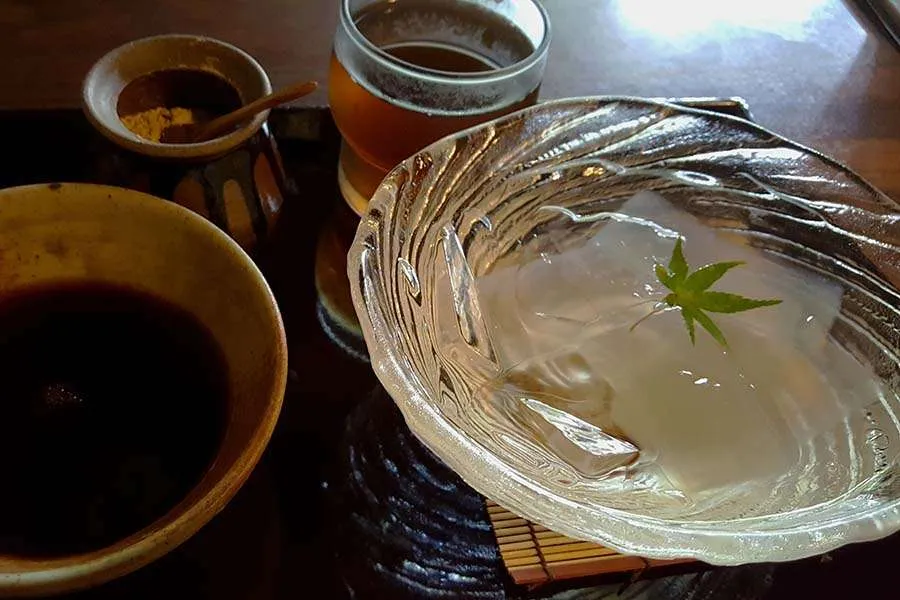Why are Japanese so thin? The answer is in sweets.
Why do so many Japanese manage to stay fit and avoid becoming overweight? There are many theories, but one of the simplest answers is in your mouth: taste buds. As a Japanese who lives in the US, this is how I feel, and other Japanese who live abroad would almost always agree with me: “I miss Japanese sweets because I cannot eat cakes and candies here. They are WAAAY TOO sweet.”
I do not eat American cakes sold at stores because I cannot gulp them down. They make me feels like I am eating pure sugar, especially frosty! My taste buds get overloaded from the first bite, and I get brain freeze and heartburn right away. To me, American cakes are simply unpalatable because of the sheer amount of sugar.
As long as I live in the US, I avoid pretty much most sweets not because I am on a diet; I am avoiding them just to avoid food that aren’t good. Like that, the selection of cookies and candies I can eat is pretty limited, I never got overweight and I don’t have to try to watch what I eat. All I do is follow what my taste buds tell me to eat to enjoy food. And that’s what many other Japanese, who are abroad, do: avoid most sweets because they don’t taste good.
The sweets I miss aren’t necessarily traditional Japanese sweets like the pictures above.
I am talking about pastries and cakes made using a lot less sugar and butter.
Does that mean that Japanese have different taste buds and thresholds for sweetness or deliciousness?
The answer is NO. But then, why do American cookie companies think yummy cookies have to contain 30 grams of sugar per serving, while Japanese people disagree and think the right sweetness is 10 grams of sugar?
The secret is in the resilience of our taste buds. They adapt to new conditions pretty quickly. If you keep eating 30 grams of sugar per serving all the time, they calibrate your taste buds at that level.
If your “right sweetness” benchmark is at 30 grams, it’s not because it’s the absolute/universal amount that makes sweets delicious. It’s simply because you grew up eating 30 grams and fooled your taste buds to believe it’s the right amount.
If you grew up Japan, the amount of sugar per serving could easily be below 20 grams. There are foods that advertise 甘さ控えめ (amasa hikae me: meaning a little less sugar), which could be around 10 grams of sugar per serving. Amasa hikae me is popular among women who are obsessed with keeping her body thin, or people who don’t like sweet stuff to begin with. If you grew up in an environment where almost every sweet is made using 10-20 grams per serving, your taste buds adjust to it and believe that it is the right sweetness.
And when the right amount of flavors like sweetness, saltiness or spiciness is kept at a decent level, you just keep eating them and think it is the right amount. That’s the environment most Japanese grew up.
If you decide to live in a world where the right amount of sugar is 10 grams per serving, instead of 30 grams, it will no longer be a problem at all to watch your sugar intake. You just choose the sweets you think is yummy. That’s a game-changer.
You can start re-calibrating your taste buds today. And it’s surprisingly easy. Trust your taste buds, they are really resilient.
If you bake cakes at home, test your taste buds. For example, try baking blueberry muffins. Typical American recipes call for almost the same amount of sugar as flour. This NYT recipe calls for 2 cups of flour and 1 1/4 cups of sugar.
When you make them, try reducing the amount of sugar to 1 cup. See if you can taste the difference. I doubt you will. Then, next time you make them, reduce sugar to ¾ cups. If you are still okay, keep reducing the amount. If you feel they aren’t sweet enough, you can stop there. In the meantime, start reducing the amount of sugar you use for other things little by little, for example for your coffee or cereals. Stay there for a while, until your taste buds adjust to the new level. Once they are ready, start reducing the amount of sugar again. Your taste buds gradually will lower their benchmarks.
When I use American recipes, I usually cut the amount of sugar by 40-50%. If the original recipe calls for 1 ¼ cups of sugar, I would use maybe a little bit more than ½ cups of sugar. Currently it’s the right amount of sweetness according to my taste buds.
The same rule applies for butter and oil. (And other ingredients such as salt, spices and condiment for other recipes.) Once your taste buds are re-calibrated and adjusted to the new level, you will find the whole new definition for “yummy” and “delicious.”
Focus on how your taste buds react to different amounts of sugar, butter etc., at some point you will start feeling the subtle flavors of other ingredients, like natural flavors in blueberries. If you thought the deliciousness in cakes was pretty much about sweetness, you will be surprised to find the pleasing combination of fresh fruits, butter, cinnamons, vanilla or even some subtle nutty flavors in your flour mix. Those are enjoyments you don’t notice when your muffins are overpowered by the sweeping sweetness of sugar. At this level, you can easily stop drinking soda because it feels like pure sugar for you.
Let your taste buds find new benchmarks for deliciousness. If you are reducing sugar not to reduce your weight, but for better eating experience, it’s fun!



















